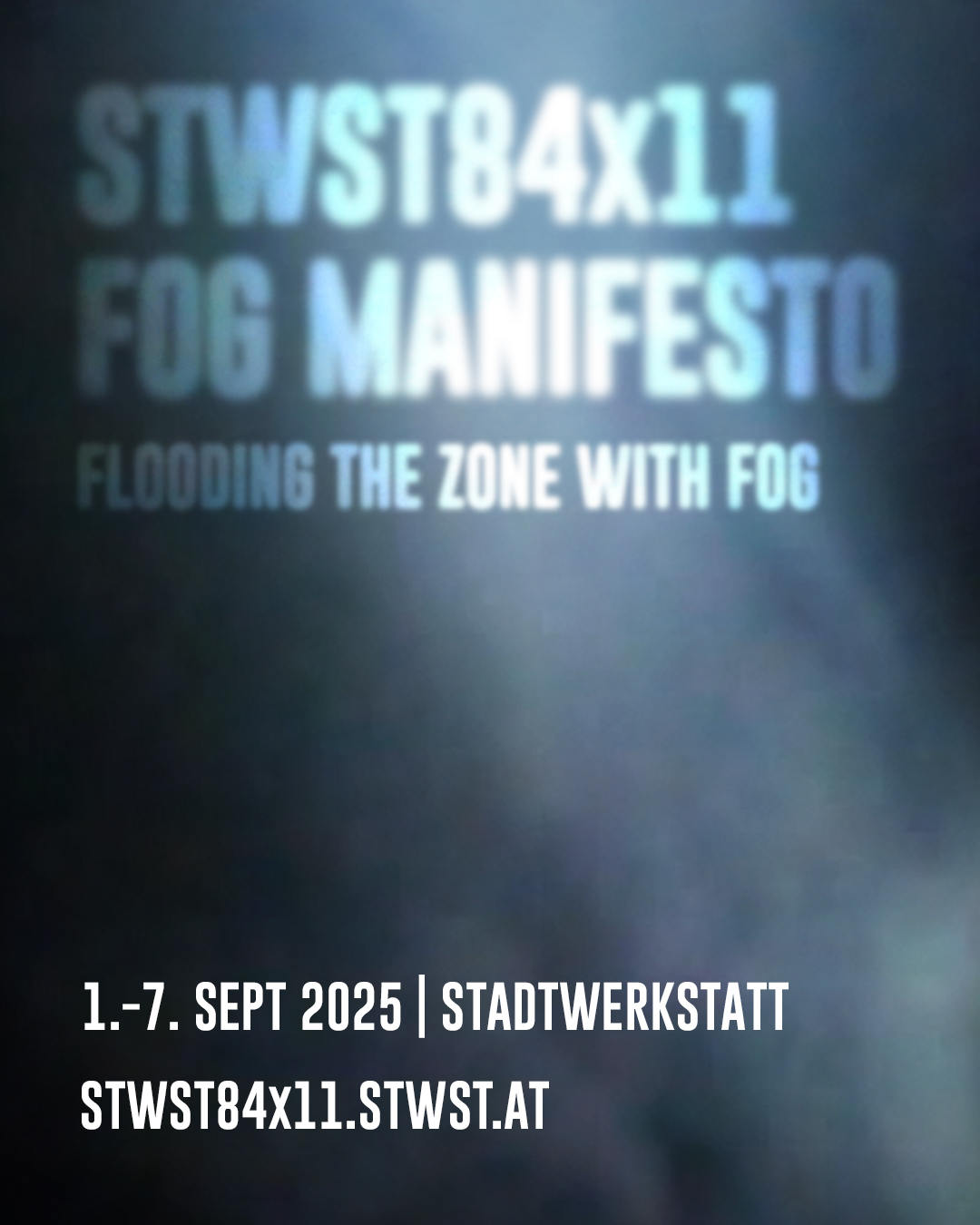Under the title Red Thread of Media Art, STWST invites artists and critical producers from the field to select projects and images from their own archives from the last 40 years in order to present the various lines of development in media art, new media, and art after new media, and to contextualize developments.
In 2025, STWST invited Piksel to contribute their version of a Red Thread of Media Art, which will also be presented at STWST84x11. Piksel‘s thread aims to shed light on the DIY aspects of electronic art, drawing from 23 years of the Piksel archive, its artists, and their works. The featured projects are grouped into various DIY themes:
Table of Contents
1. Performative code
2. DIY Radio
3. (Self)destroy(ing) machines
4. Networks politics
5. DIY Electronics
6. Code art and electronic literature
7. DIY Bioart
8. Critical AI
1. Performative code
First filter and transition plugins and software for real-time video processing. The emergence of programming languages for live
performances, live coding, and life coding. The creation of new terms like Algorave.
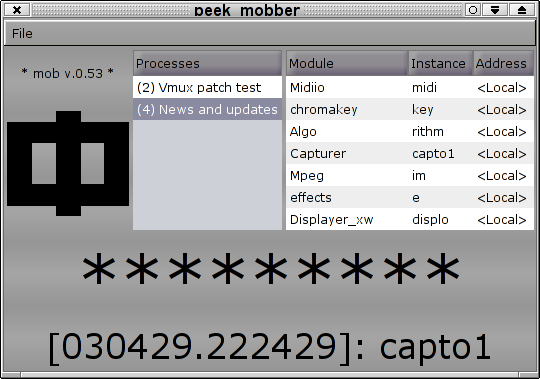
2003: MøB, modular software for installations and realtime, processing of digital media in GNU/Linux-based networks. Carlo Prelz (DE), Gisle Frøysland (NO). Photo: Artist archive

2003: Effect TV, Kentaro Fukuchi (JP). Photo: Piksel archive

2007: xxxxx, Speculative 12 hour life coding event curated by Martin Howse and Jonathan Kemp. Guest artists Shu Lea Cheang, Otto Roessler, Jessica Rylan, Ludic Society, Yunchul Kim, Roman Kirchner, Olaf Val, Tatiana Bazzichelli, Paolo Cirio, Stewart Home, TAZ (Hakim Bey), Nancy Mauro-Flude, Alejandra Perez Nunez, Eva Verhoeven, remote: Bjørn Magnhildøen. Photo: Artist archive
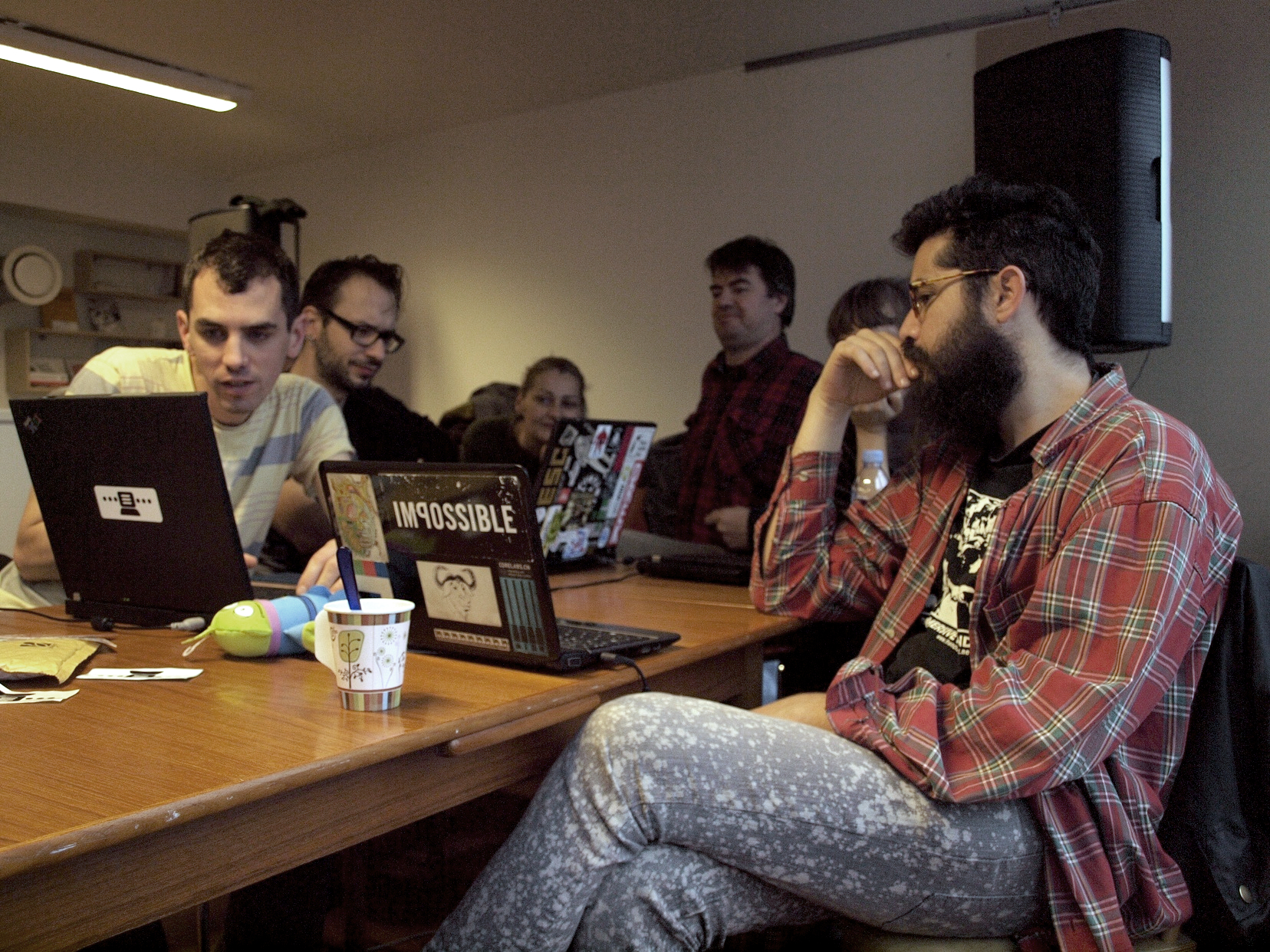
2008: Live coding workshop, Alex McLean (UK). Photo: Artist archive
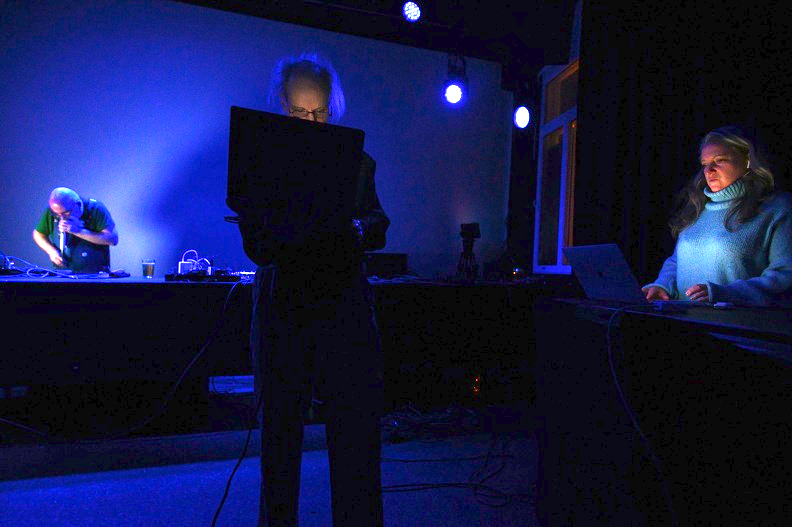
2022: HPB, Miller Puckette (US), Kerry Hagan and John Bowers (UK). Photo: Martin E. Koch
2. DIY Radio
Radio-frequency (RF) transmissions become tools of resistance through Micro-FM practices—enabling small-scale, modular systems for local broadcasting. By hacking and hijacking electronics and FM/TV transmitters, this approach circulates noise, image, and signal on intimate scales, building networks of resistance through sound.
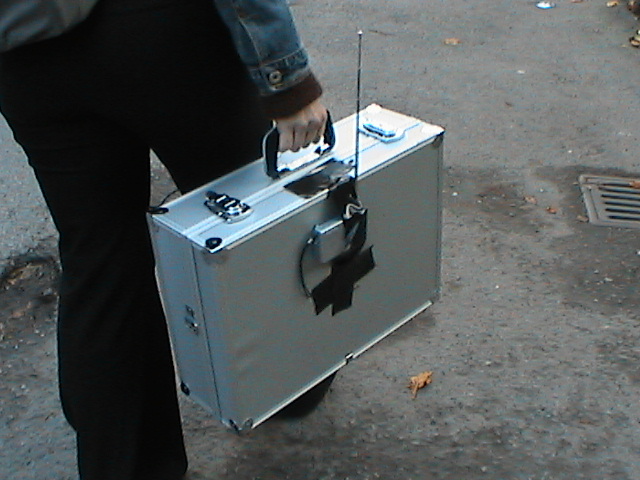
2006: The Chaos Micromedias project, APO33.org. Photo: APO33
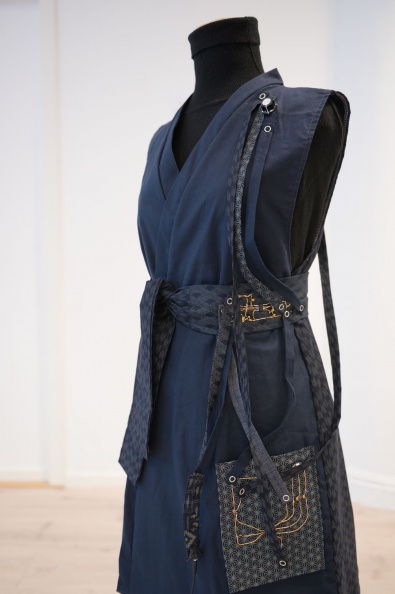
2019: Embodied RF Ecologies, Afroditi Psarra (GR). Part of the Signal To Noise exhibition, curated by Tincuta Heinzel, Piksel Fest Spill. Photo: Martin E. Koch
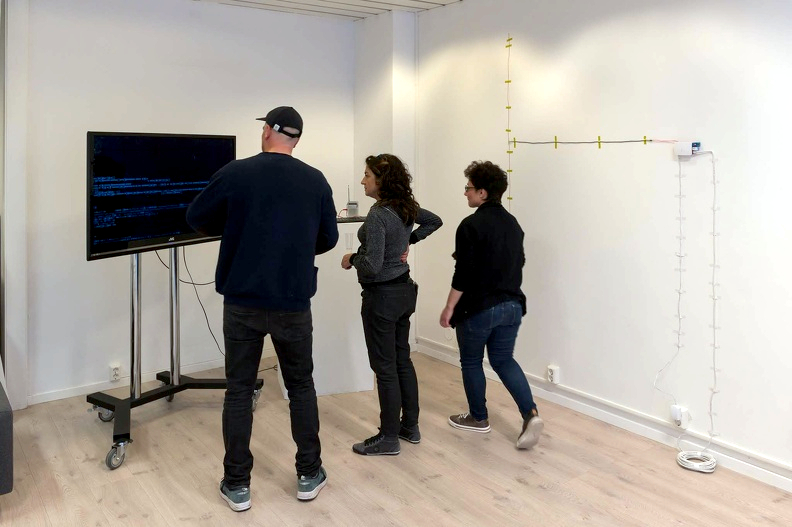
2019: Do your own radio! Є-box, Є-Node (FR) Streaming and local FM radio broadcasting with a raspberry pi . SIGNAL TO NOISE, Curator: Tincuta Heinzel, Piksel Fest Spill. Photo: Martin E. Koch
3. (Self)destroy(ing) machines
Artists exploring the idea of giving users the power to destroy technology. They create projects and devices that intentionally disrupt, break down, or malfunction. These works can include server destruction, obfuscation tools, and hardware that turns dysfunction into aesthetic outputs, such as distorted audio or visuals.
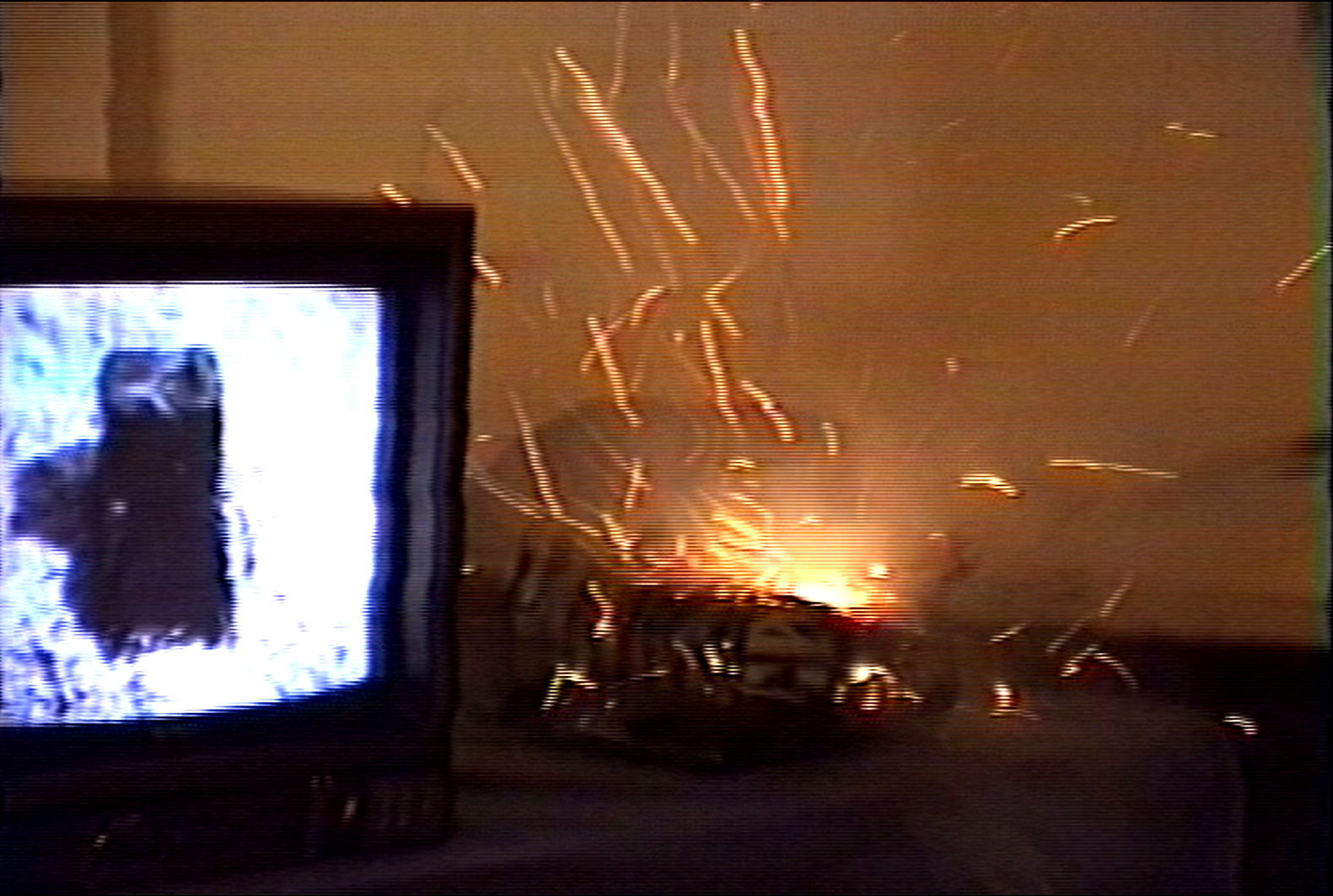
1996: Environment / Sónar, Maite Cajaraville (SP). Photo: Artist archive
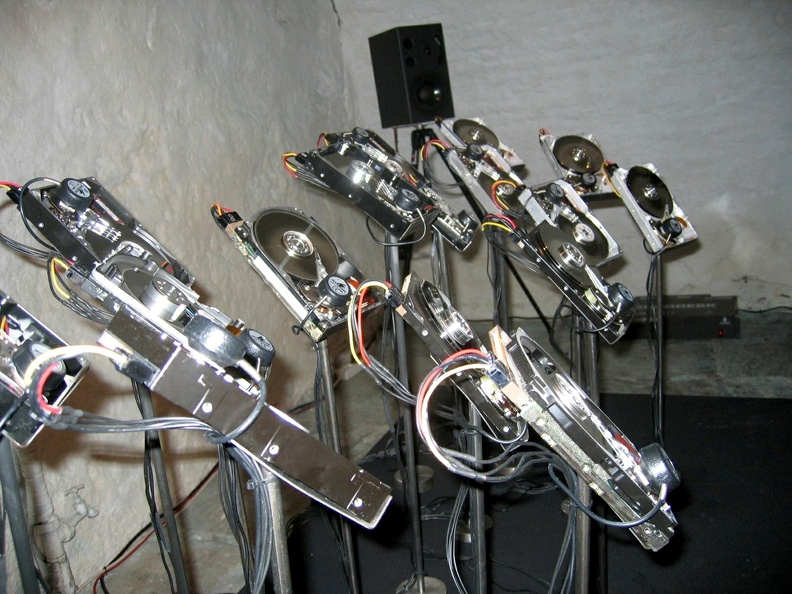
2006: HardDisko by Valentina Vuksic (DE). Photo: Piksel archive
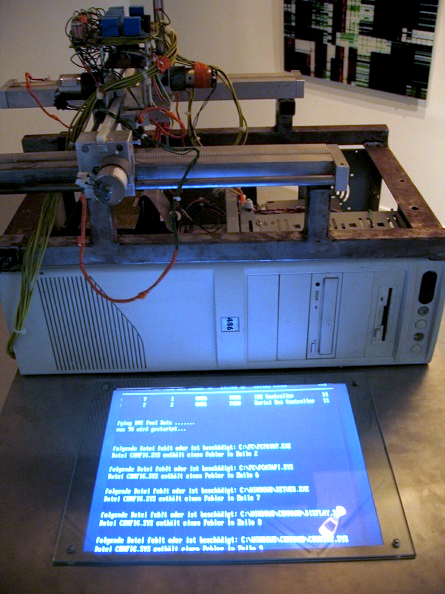
2006: SHOCKBOT by 5voltcore (AU). Photo: Piksel archive
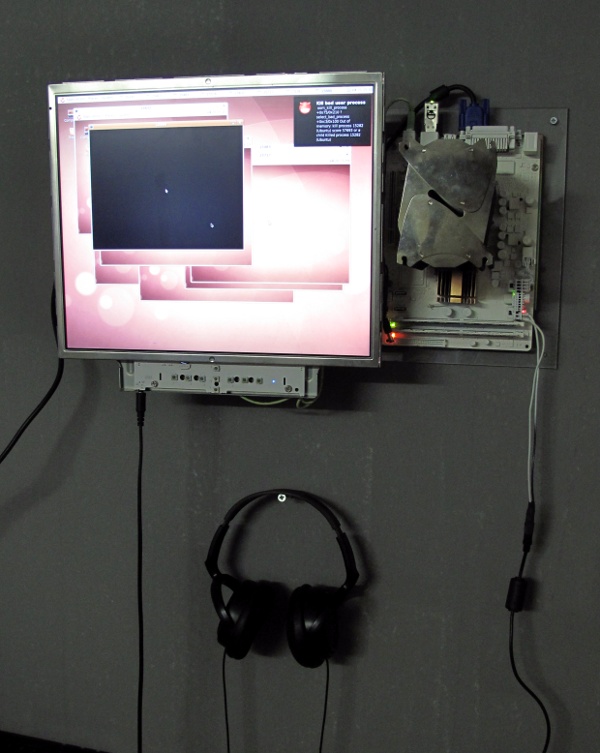
2009: REBUNTU, Linux that kills itself and can kill You, Danja Vasiliev (RU/DE). Photo: Artist archive
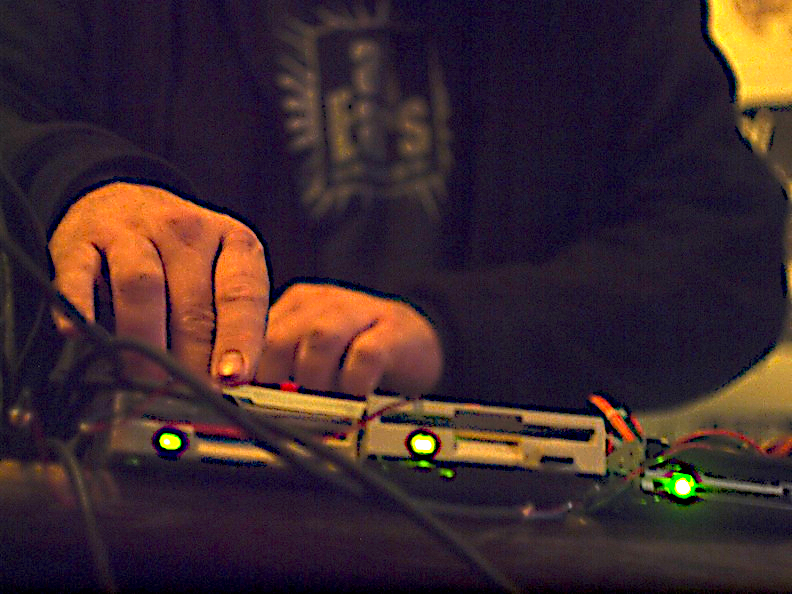
2011: Headcleaner, Gisle Frøysland (NO). Photo: Piksel archive

2013: User Generated Server Destruction, Stefan Tiefengraber (DE). Photo: Sergey Dushkin
4. Networks politics
Through local routers, obfuscation engines, and custom network protocols, these projects reimagine digital infrastructures as tools for protest, privacy, and public awareness. They transform connectivity into a political act – amplifying demonstrations with electronic noise devices, enabling private communications through dedicated routers, exposing personal data by displaying recent Wi-Fi connections, and revealing environmental issues with machines that measure and broadcast city pollution.
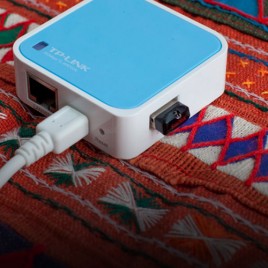
2013 - Occupy.here router, Dan Phiffer (US). Photo: Artist archive
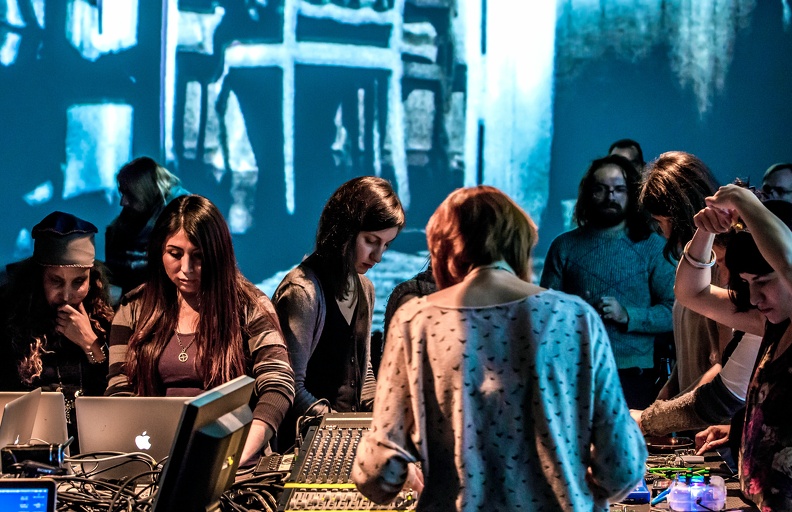
2013 – CrisisRus, initiated by LaptopsRus (since 2009), with Maite Cajaraville (SP), Shu Lea Cheang (US) and Lucía Egaña Rojas (CH/DE/SP). Photo: Sergey Dushkin
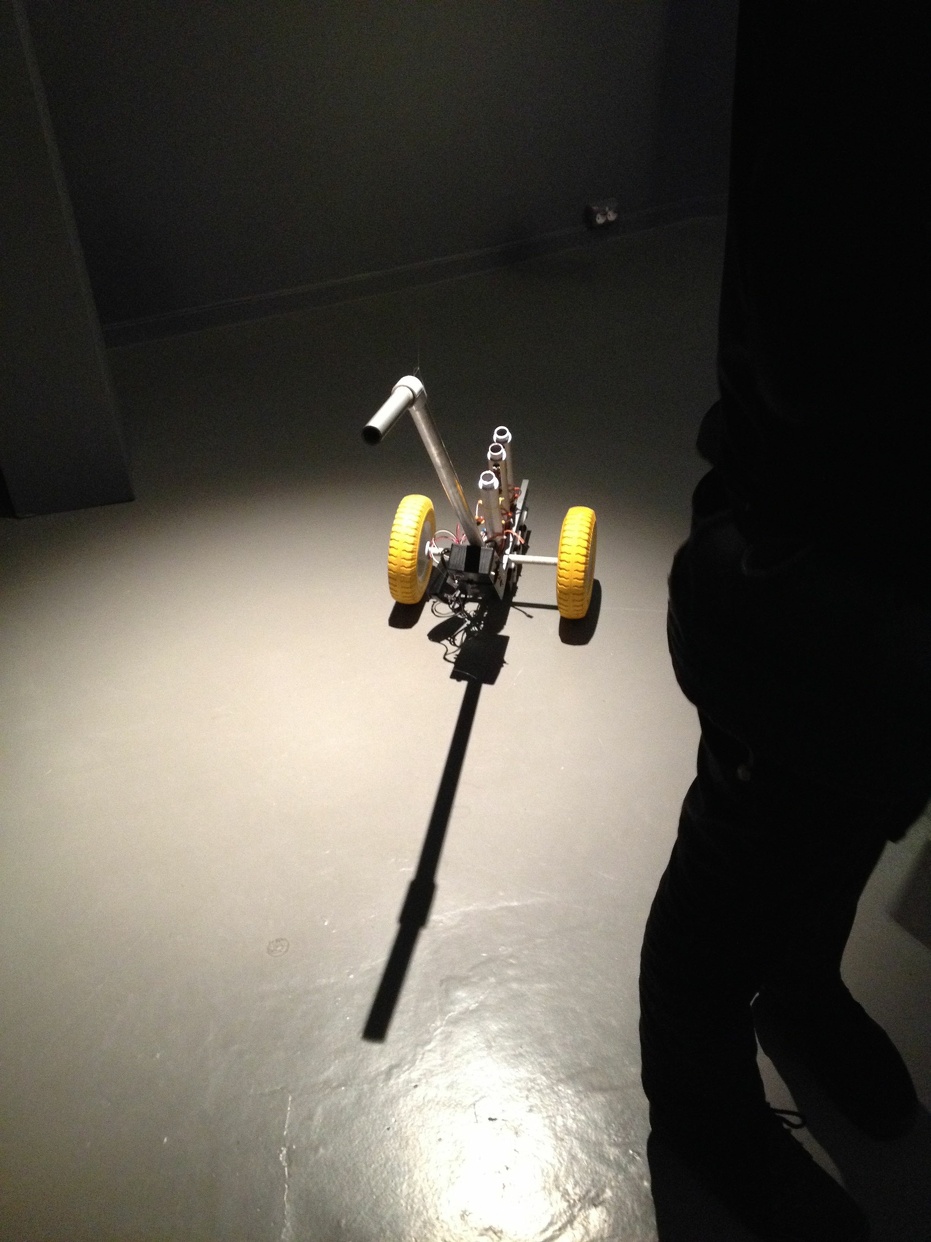
2015 Cocíclo | Alexandre Castonguay (CA). Photo: Robertina Šebjanič
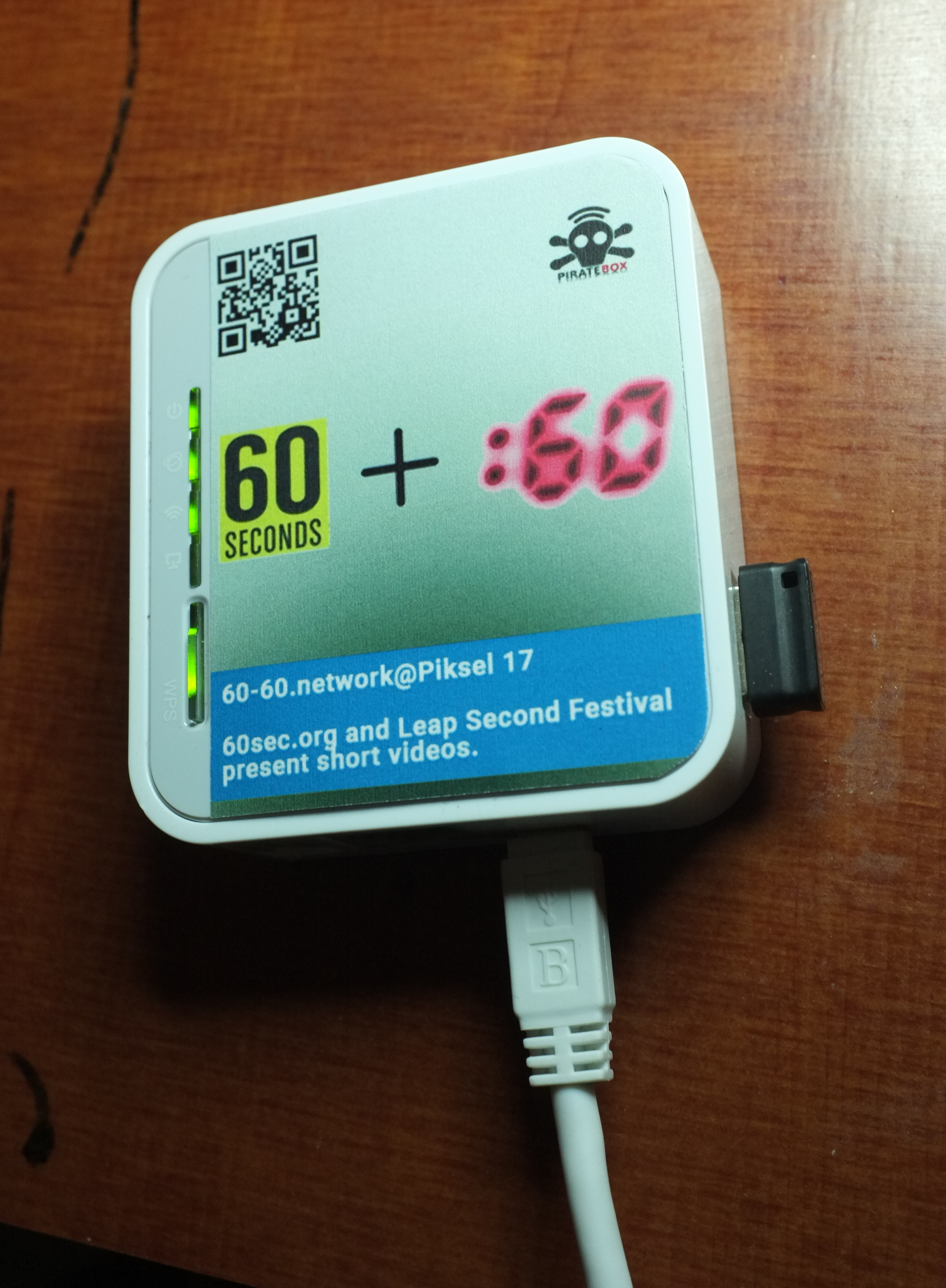
2017: 60+leap sec screening, Bjørn Magnhildøen (NO), Radovan Misovic, Zsolt Mesterhazy (NL) , Ada Ortega Camara (DK), Ana Buigues (SP). Photo: Noemata
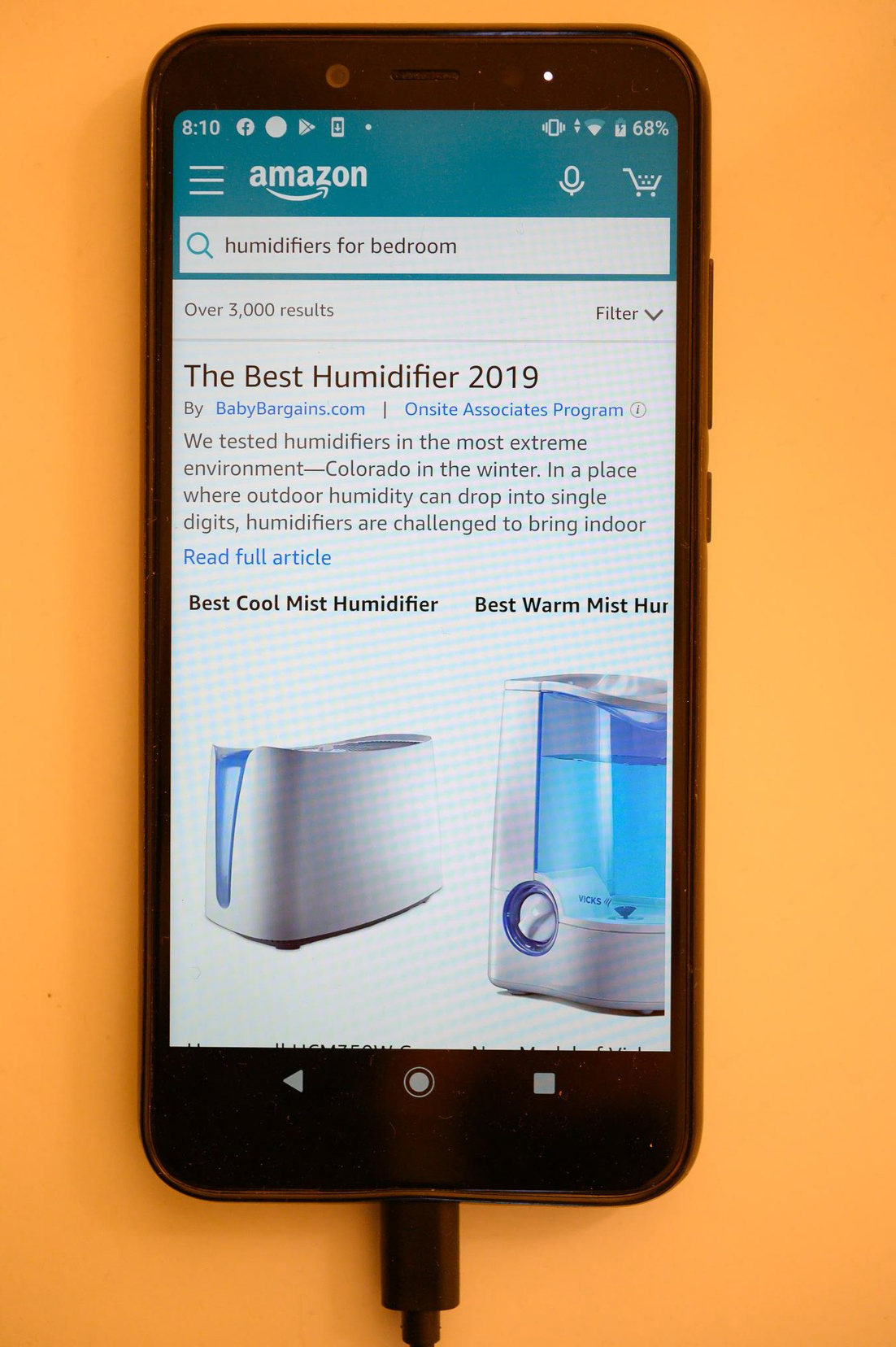
2019, FANGo, a Facebook Amazon Netflix Google Obfuscator, Martin Nadal (SP). Photo: Martin E. Koch
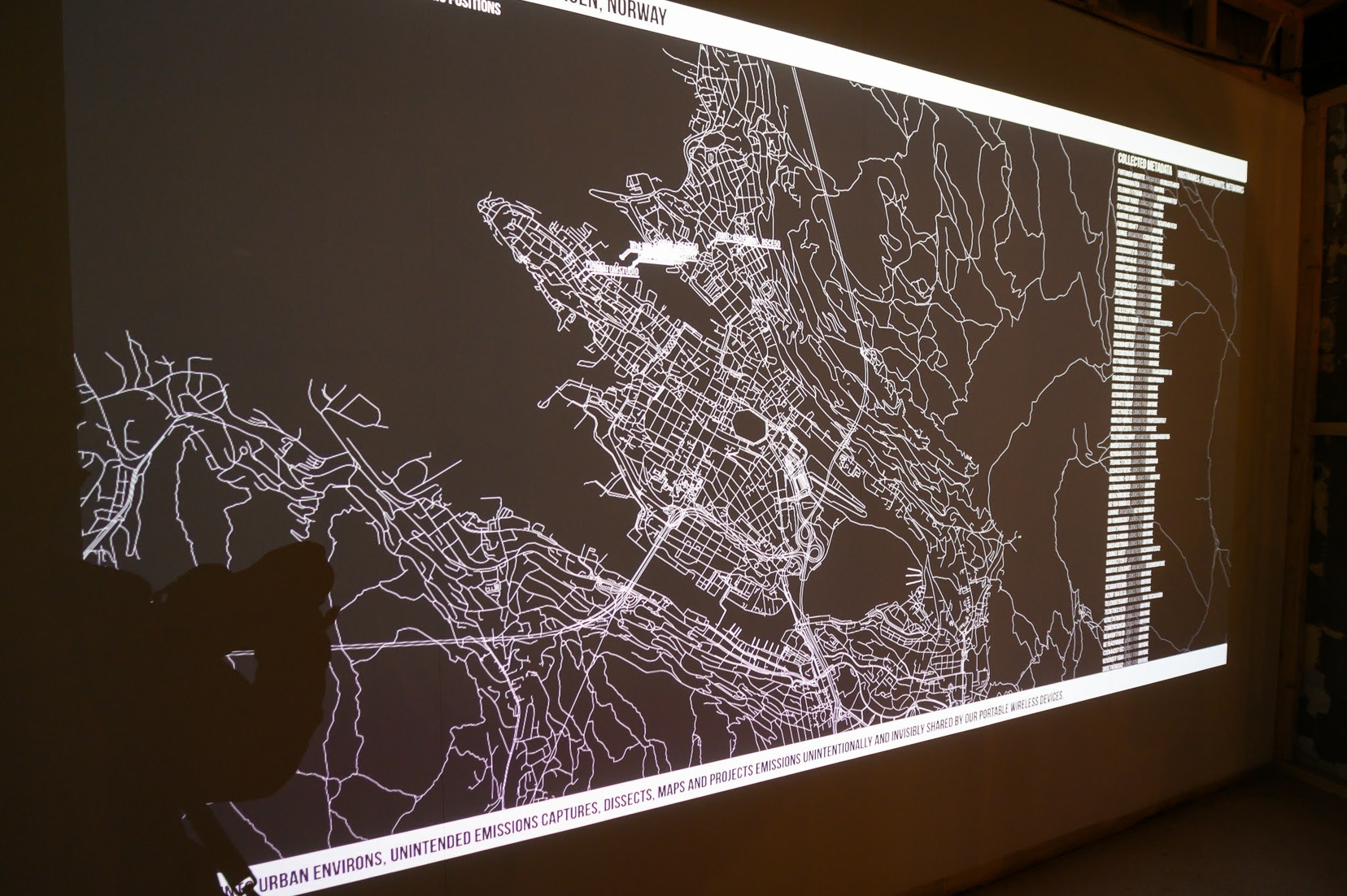
2021: Unintended Emissions (2019) Wireless (802.11) Citizen Surveillance Investigation, Bengt Sjölén (SW). Part of the Critical Engineers Working Group exhibition »Decoding Black Magic. Interventions in Infrastructure«, Critical Engineering Working Group, Julian Oliver, Gordan Savičić and Danja Vasiliev, Sarah Grant, Bengt Sjölén and Joana Moll. Photo: Martin E. Koch
5. DIY Electronics
Electronics become experimental playgrounds for hacking, subverting, and creating new forms of expression. Mastering circuit bending, artists produce new tools for modulating audio and video signals. This hands-on approach pushes the boundaries of what technology can do, expanding creative possibilities and enabling the invention of entirely new machines.
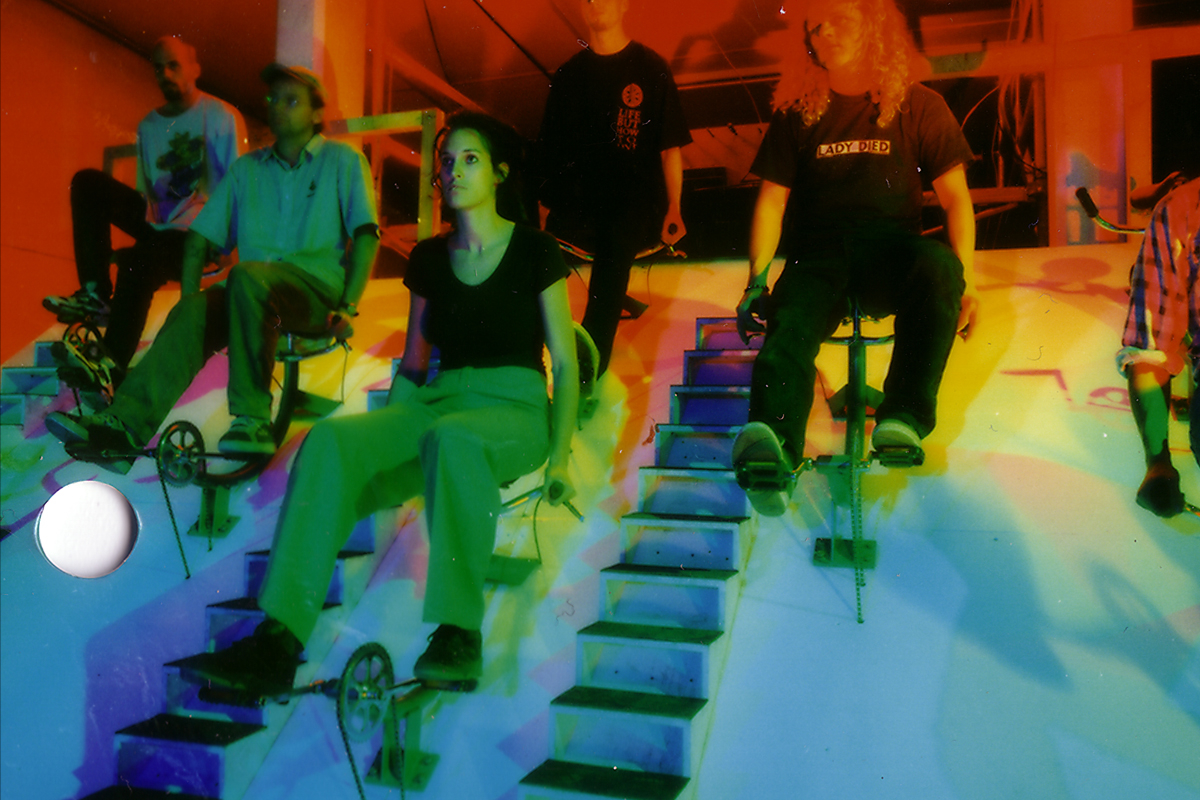
2005: Cavity Resonator, Time‘s Up (AT). Photo: Piksel archive

Casperelectronics (US)
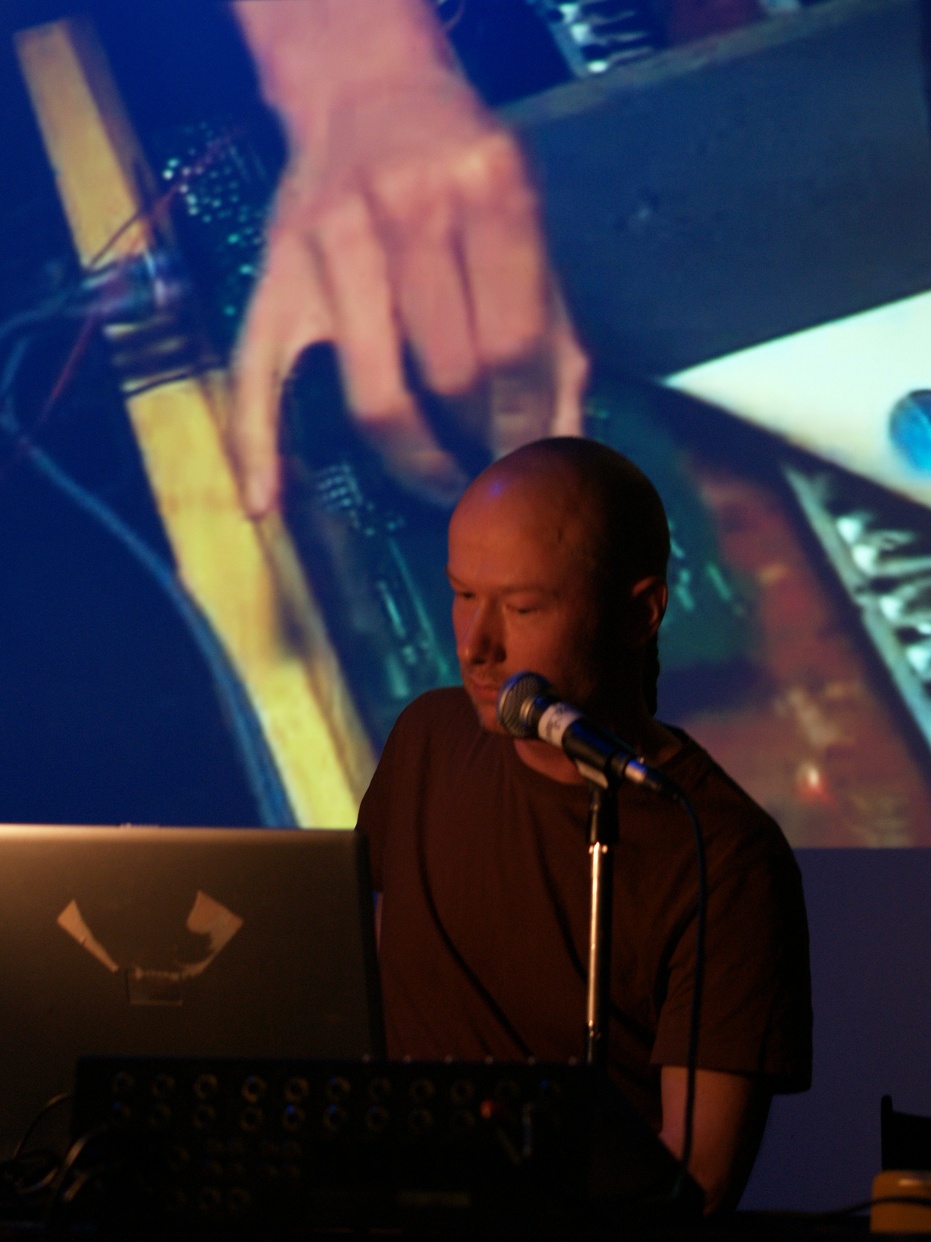
Audun Eriksen (NO)

Gijs Gieskes (NL)
2007: Circuitbended Works, Casperelectronics (US), Audun Eriksen (NO), Gijs Gieskes (NL). Photo: Piksel archive
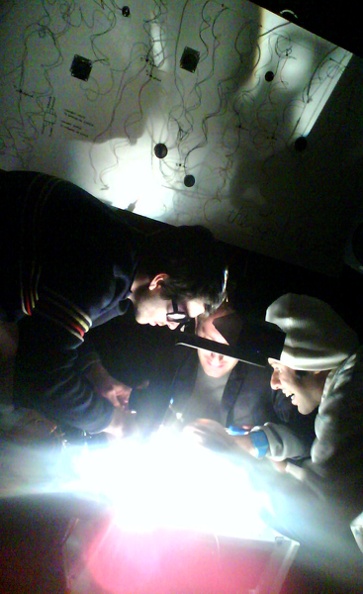
2008: Loud Objects, Tristan Perich, Kunal Gupta and Katie Shima. (US). Photo: Malte Steinar
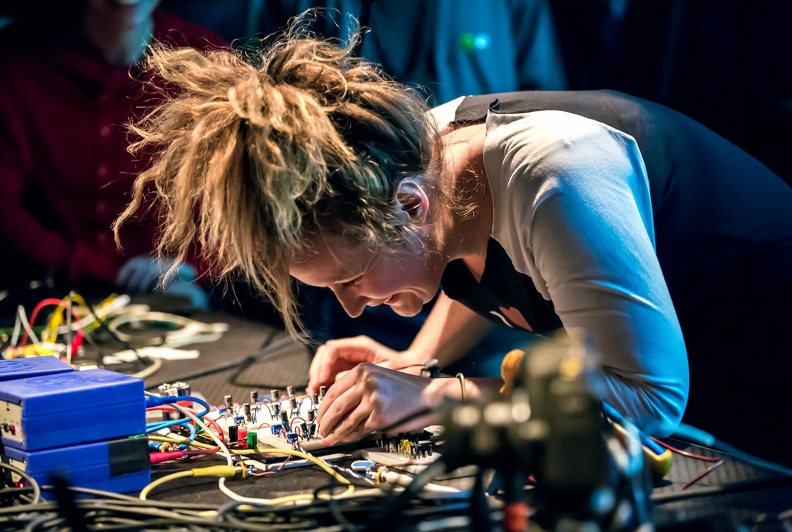
2013: 20 Oscillators in 20 Minutes, Darsha Hannah Hewitt (CA). Photo: Sergey Dushkin

2016: All that i want is another baby, Camilla Vatne Barratt-Due (NO) and Alexandra Cárdenas (MX). Photo: Laimonas
6. Code art and electronic literature
Artworks where coding is an essential part of both the concept and the visual outcome. Here, code is not just a tool but an integral medium – embedded directly into the piece, shaping its behavior, aesthetics, and meaning.
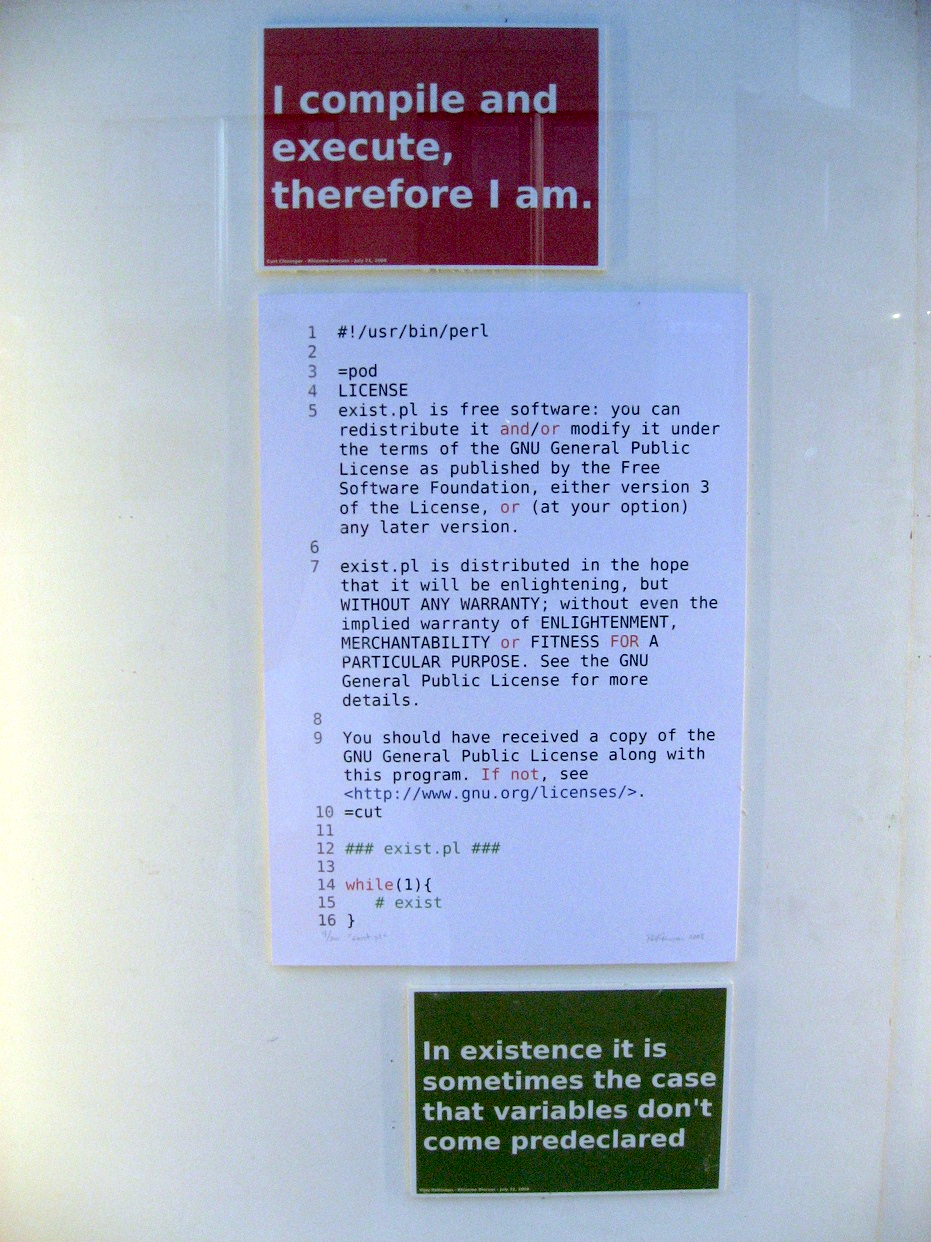
2008: Exist.pl, Pall Thayer (IS). Photo: Carlo Prelz
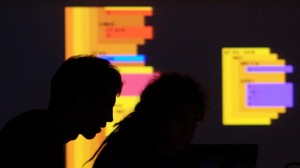
2010: Slub, Alex McLean Dave Griffiths (UK). Photo: Piksel archive
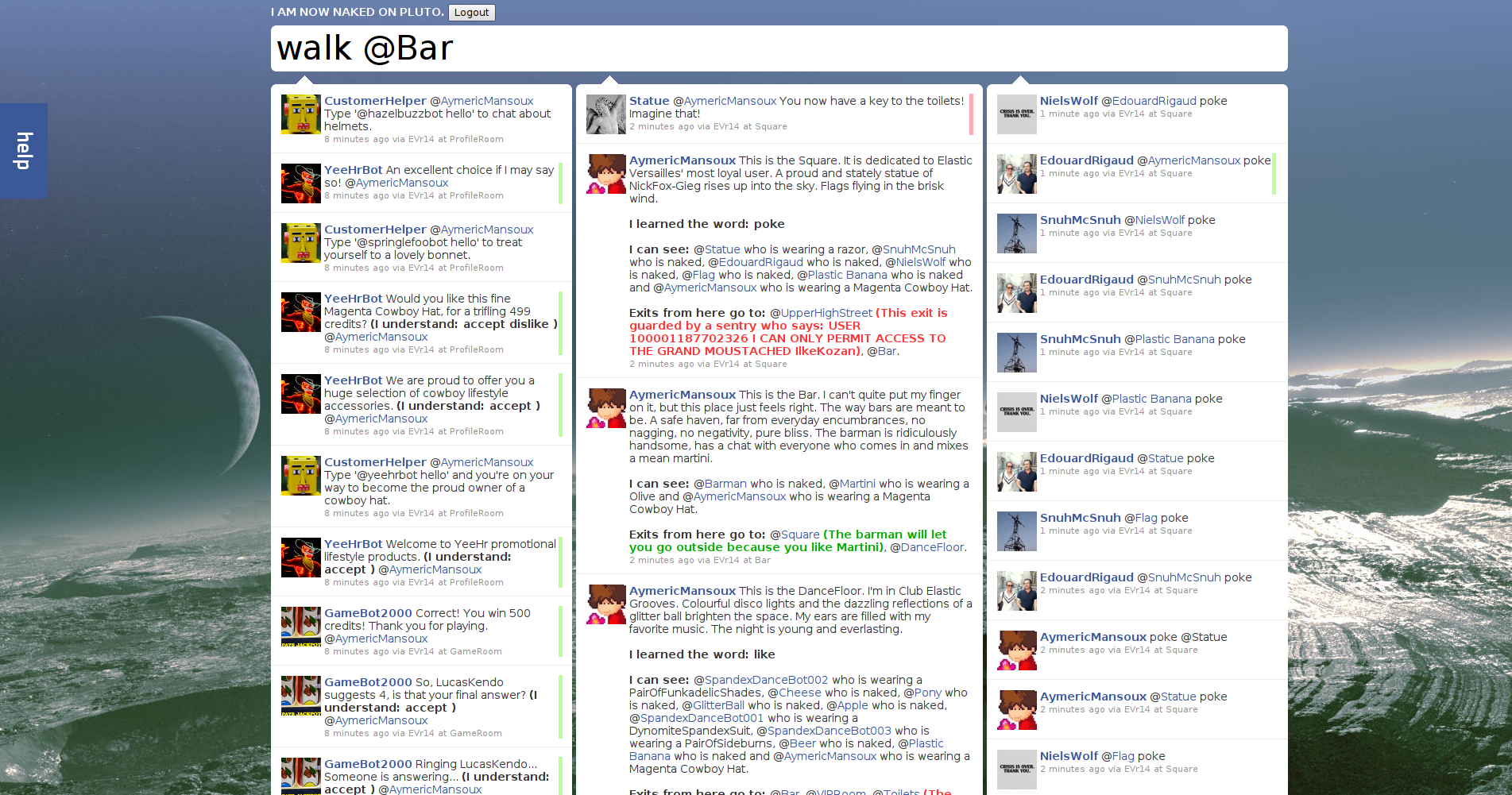
2011: Naked on Pluto, Aymeric Mansoux (FR), Dave Griffiths (UK), Marloes de Valk Aymeric Mansou (NL). Photo: Artist archive
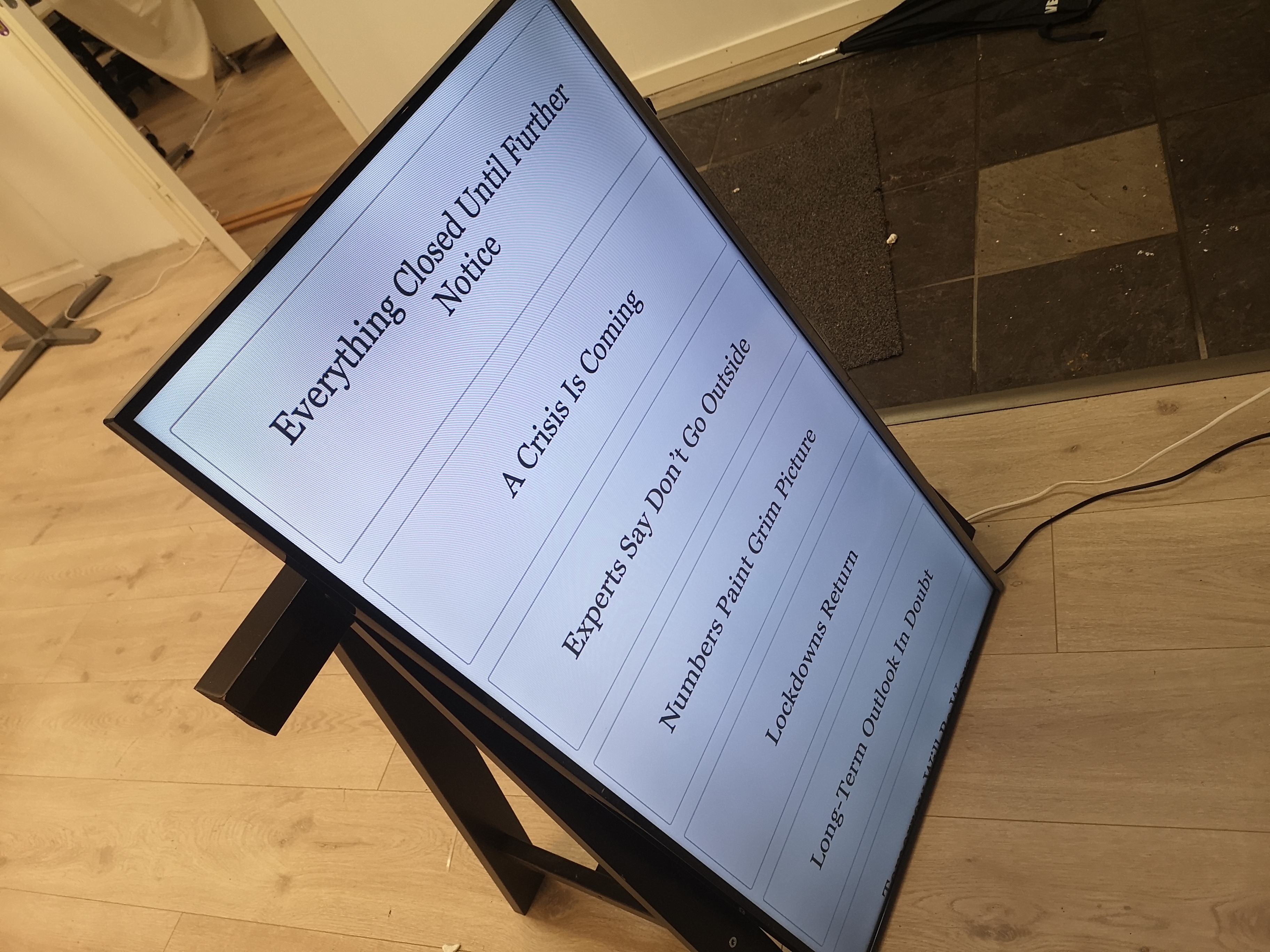
2020: The Endless Doomscroller, Ben Grosser (US). Photo: Maite Cajaraville
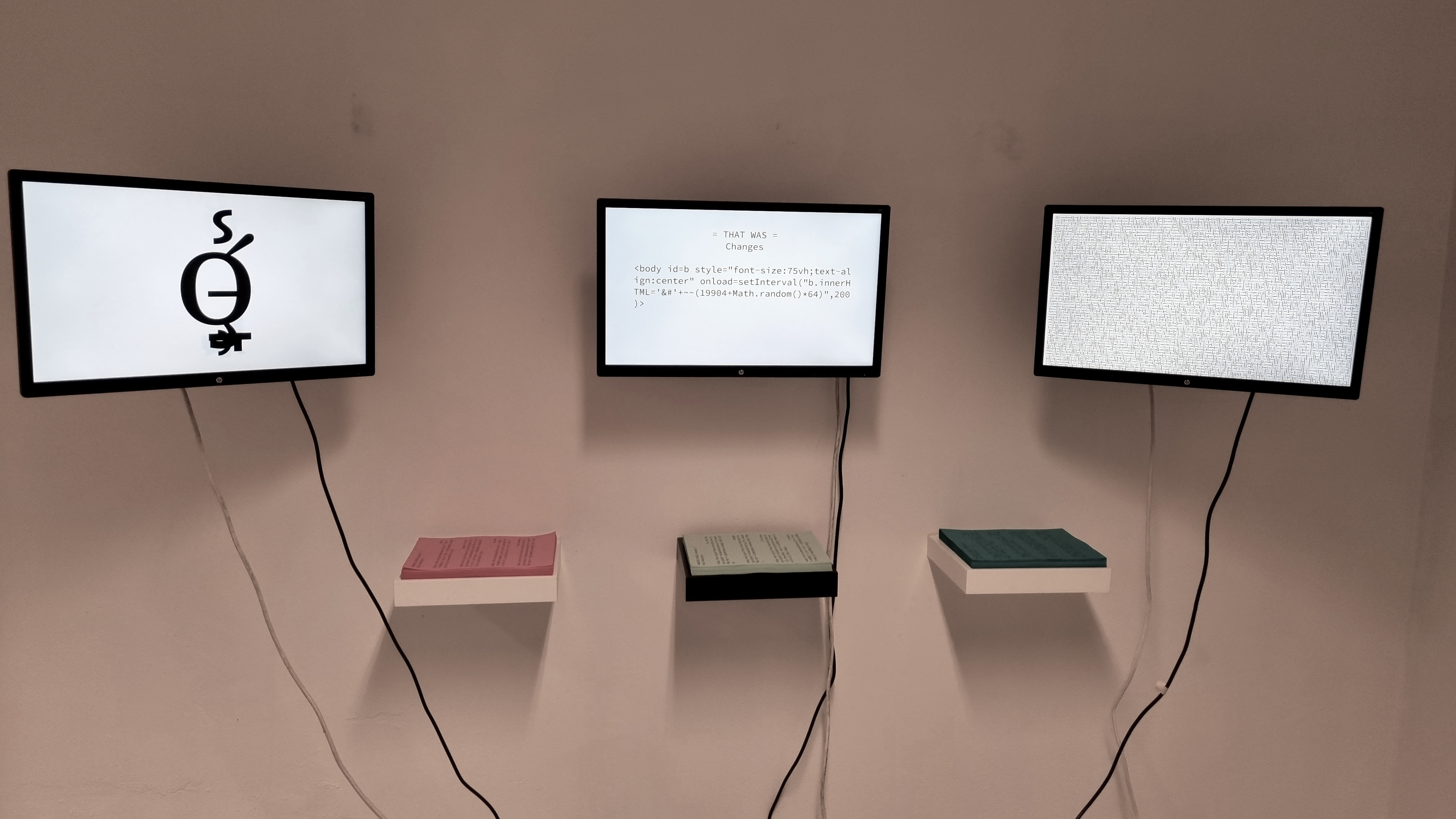
2022: Process Pages, Nick Montfort (US). Photo: Gisle Frøysland
7. DIY Bioart
»Biotechnological research is no longer limited to specialist laboratories: a growing community of biologists, artists and technophiles is experimenting in kitchens, workshops and DIY laboratories. Some people view the democratisation of biotechnology as a threat, others as an opportunity to gain a better understanding of complex scientific interrelationships within society.« (Biotechnology for all, SATW INFO 2/15, August 2015). Through DIY bioart methods, international DIY bio networks and communities encourage the collaboration of scientists, hackers and artists to combine their expertise.

2014: Piksteria lab, Marc Dusseiller (CH), Paula Pin (SP), Adegreden Donora , Budi Prakosa (ID). Photo: Piksel archive
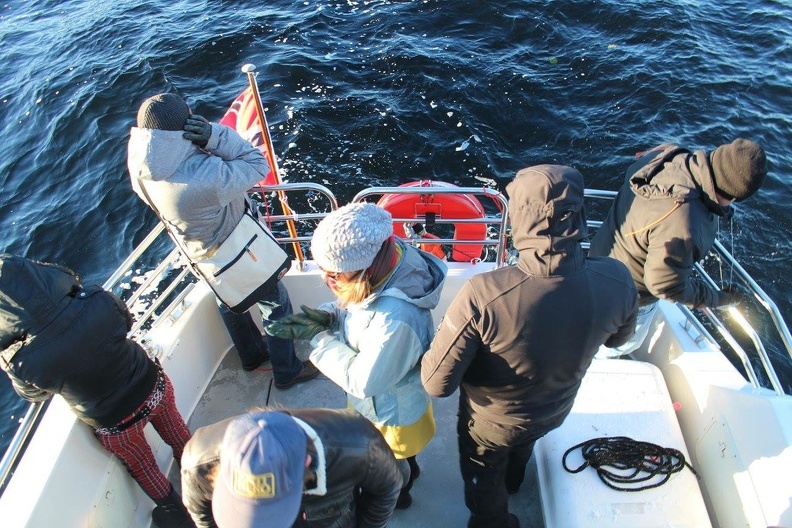
2015: Pikselo_deep - Robertina Šebjanič (SI), Kat Austen (UK/DE), Slavko Glamočanin (SI), Gjino utić (CRO). Photo: Piksel archive
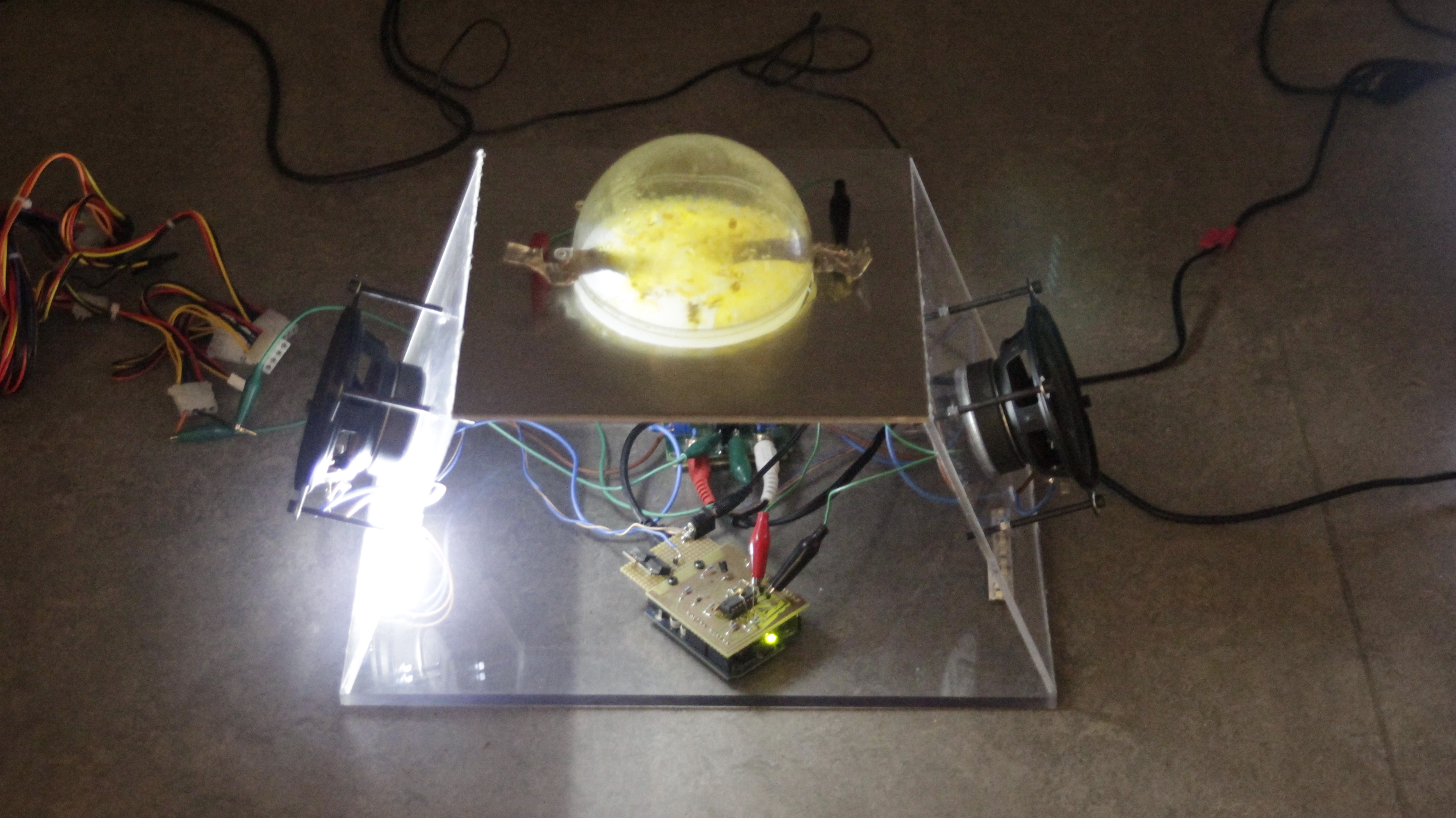
2015: BSM_NHC – bionic sound machina | no human composer, Oscar Martin, Oskoff (SP). Photo: Maite Cajaraville / Piksel archive
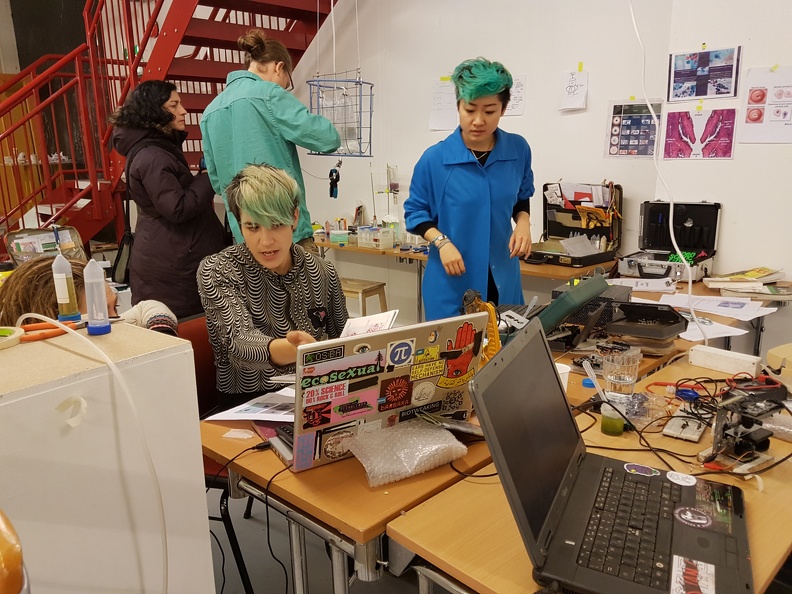
2016: Open Source Estrogen, Mary Tsang (US), Byron Rich (CA), Paula Pin (SP), Gaia Leandra (IT). Photo: Gisle Frøysland
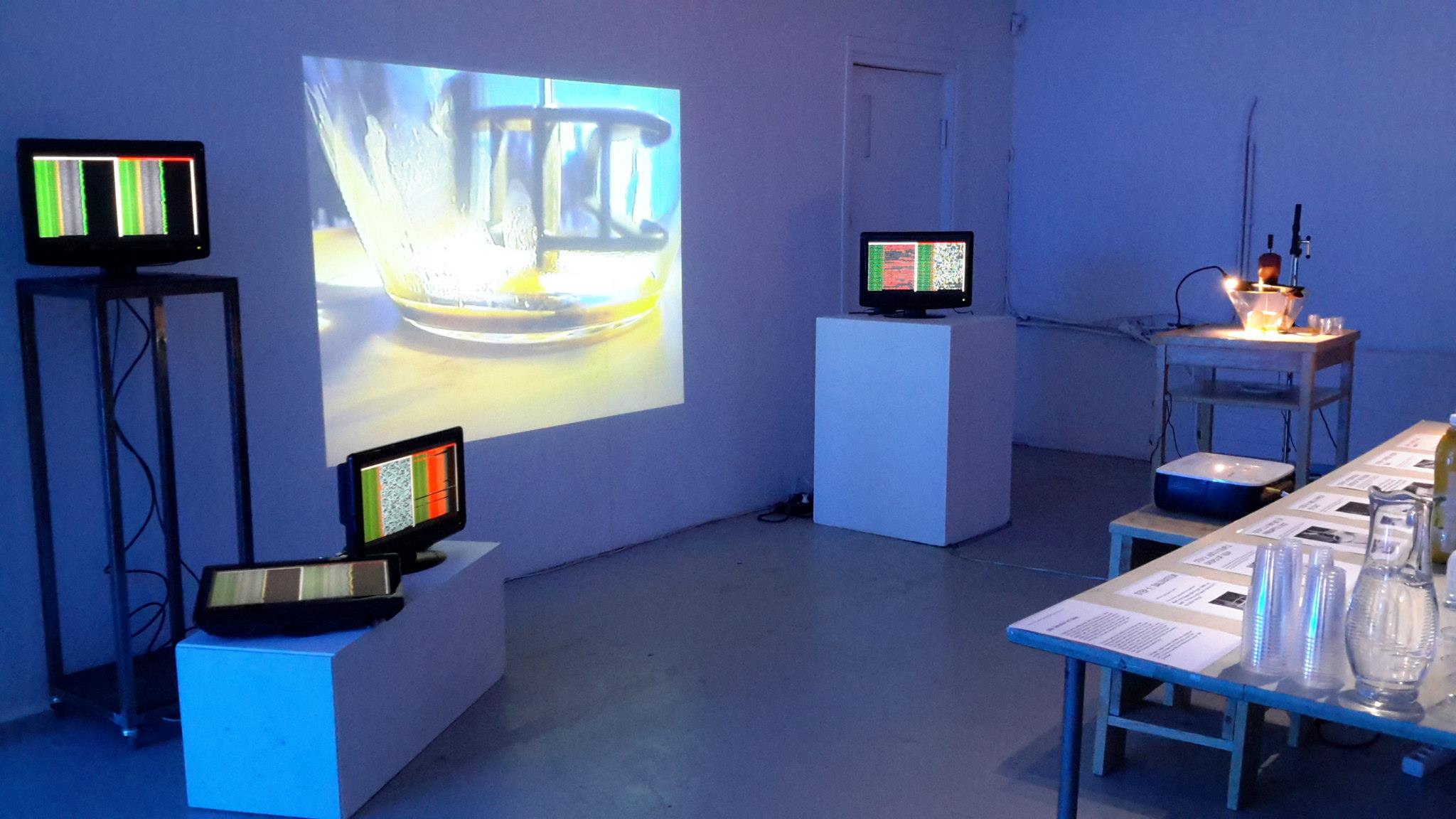
2018: From DNA to NSA, NSA Collective: Gisle Frøysland (NO), Maite Cajaraville (SP). Photo: Maite Cajaraville
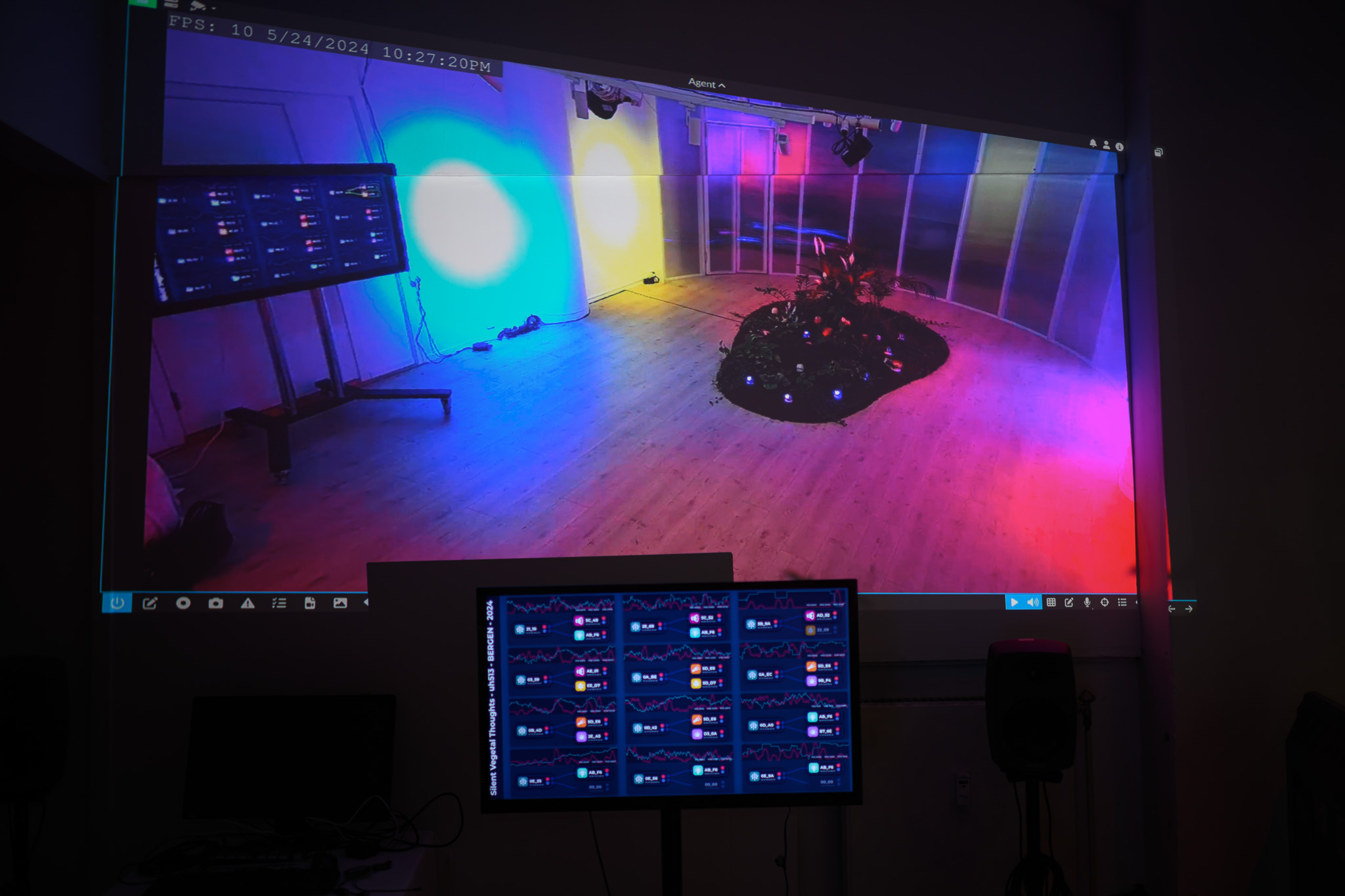
2024: Silent Vegetal Thoughts, María Castellanos, Alberto Valverde (SP). Photo: Gisle Frøysland
8. Critical AI
While artistic engagement with AI often focuses on generative tools, there are many other ways to confront and question its development. Critical AI practices call for deeper examination of the ethical implications, from military applications to bias, transparency, and accountability. Artists are beginning to challenge the datasets behind AI models, working alongside researchers and civil society to expose flaws, reveal hidden assumptions, and push for greater scrutiny of this powerful technology.
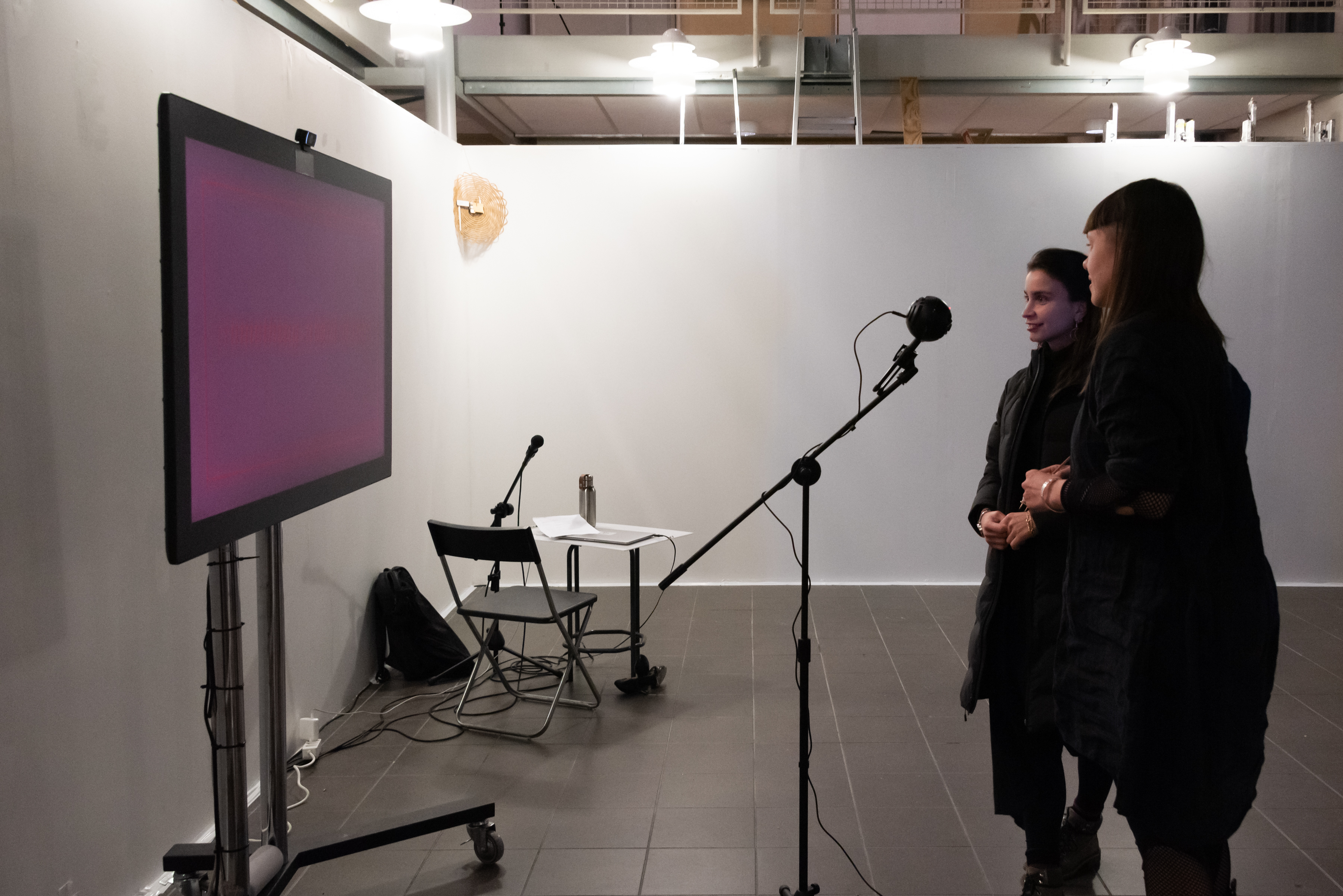
2022: What do you want me to say?, Lauren McCarthy (US). Part of the Coping Strategies program curated by Sarah Grant (US), Critical Engineering Working Group. Photo: John Rohrer
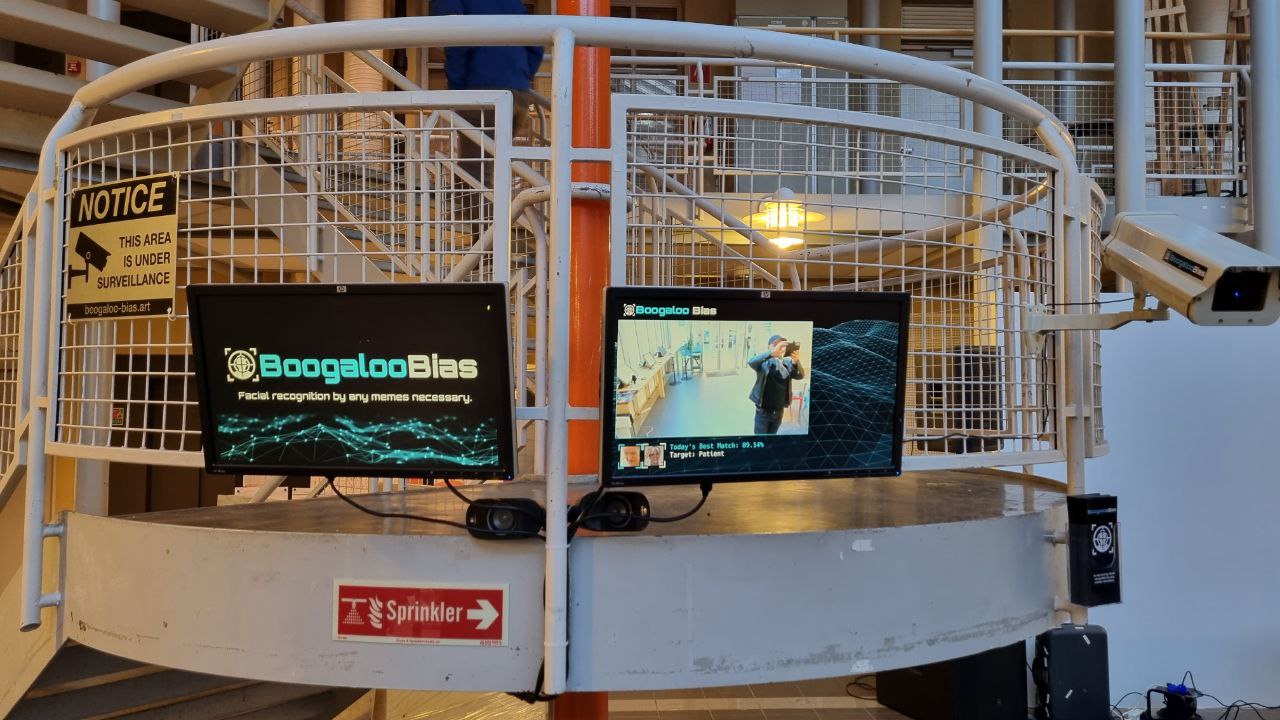
2022: Boogaloo Bias, Jennifer Gradecki, Derek Curry (US). Photo: Gisle Frøysland

2022: Meta Music Machines [Fluorescent Markov Beat], Oskoff. Photo: Martin E. Koch
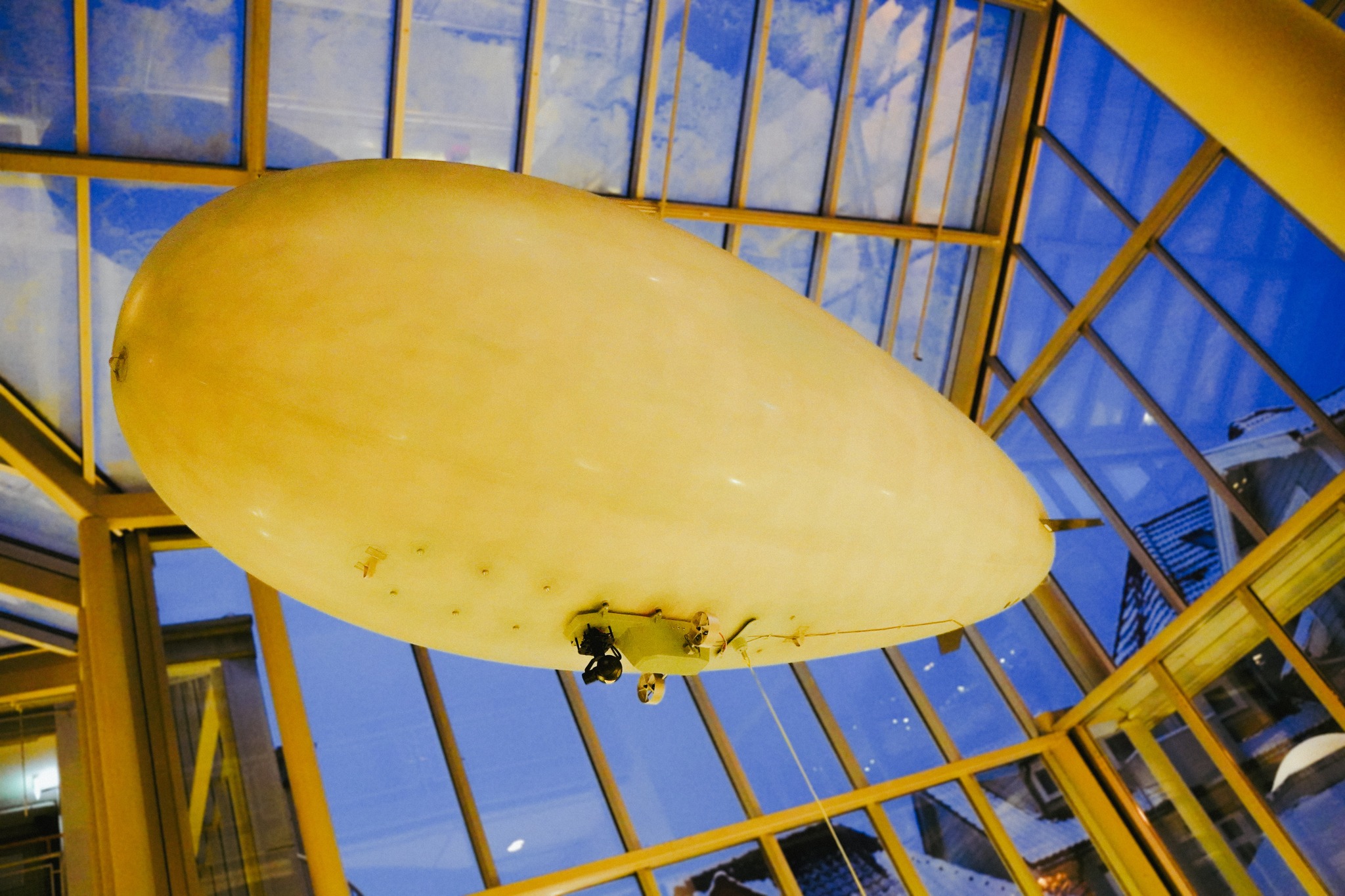
2024: Droning, Marta Revuelta (CH). Photo: Filip Glesgo
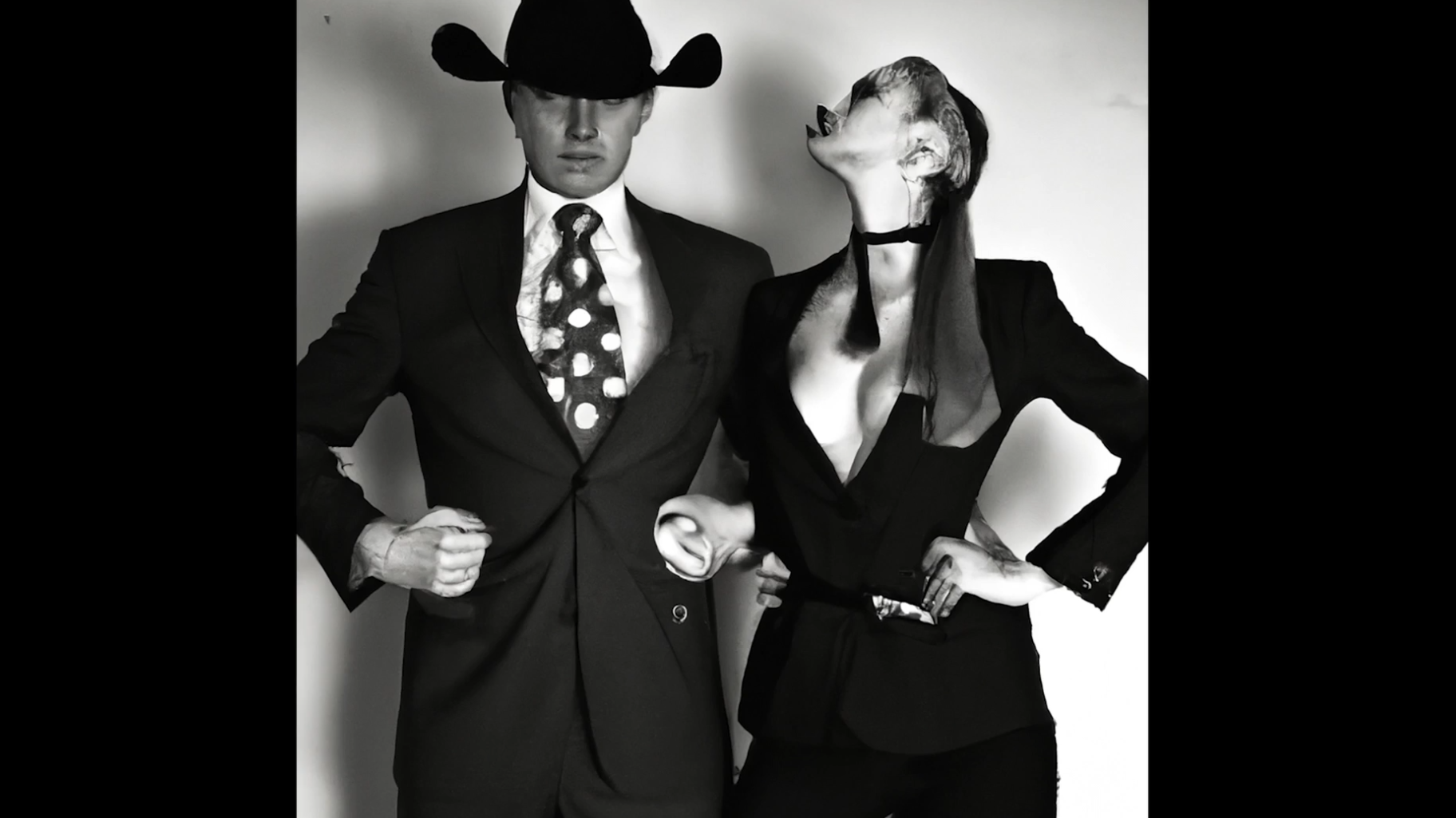
2024: AI assisted coding, Scott Rettberg (US/NO). Photo: artist archive
- Piksel archive for more information about the projects: https://piksel.no/
- Piksel archive Image gallery: https://piwigo.piksel.no/
Maite Cajaraville & Gisle Frøysland 2025
---
Piksel‘s DIY Thread is part of STWST84x11 FOG MANIFESTO:
https://stwst84x11.stwst.at/diy_thread
https://stwst84x11.stwst.at/en/diy_thread
---
Piksel‘s DIY Thread is part of STWST‘s Red Thread of Media Art:
https://newcontext.stwst.at/history/the_red_thread_of_media_art
https://newcontext.stwst.at/en/history/the_red_thread_of_media_art
---
Piksel is an international network and annual event dedicated to electronic art and technological freedom. Part workshop, part festival, it takes place in Bergen, Norway, and brings together participants from over a dozen countries to exchange ideas, code, present artworks and software projects, and engage in workshops, performances, and discussions on the aesthetics and politics of free technologies.
Gisle Frøysland is the founder of the Piksel Festival. In 2014, Maite Cajaraville joined him as co-curator. Both are practicing artists developing their own bodies of work. In 2015, they formed the collective NSA. piksel.no

